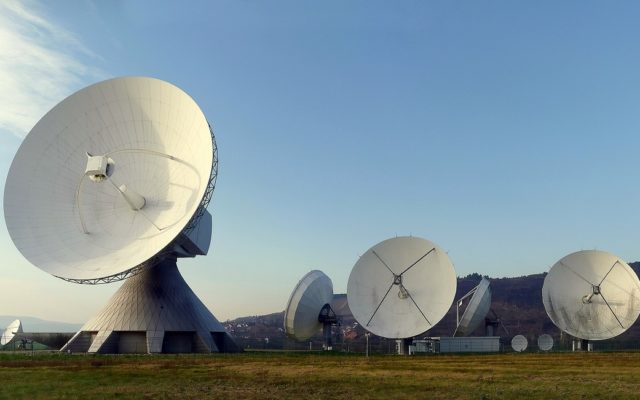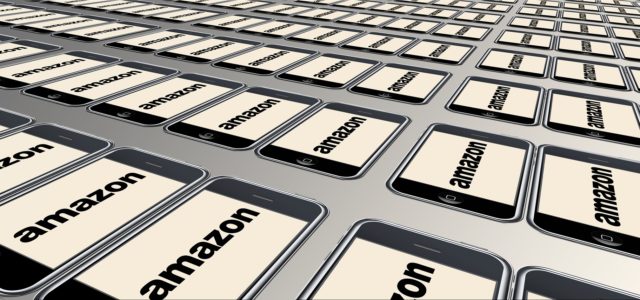Telecommunication is fast moving in the world. Keep an eye on how businesses around you are developing. The future is unpredictable. The telecommunications industry has taken many twists and turns to get where it is today.
Much of what happened was not as we imagined, but the industry is still there and flourishing. The telecommunications industry has always been a rapidly changing area, especially over the past three decades.
Evolution of mobile networks so far
The industry now refers to “generations of technology”. In reality, generations are always based on groups of standards, which may be deployed for a period of time. It is very likely to continue with 5G, so there will be no single point where 5G is deployed, rather it will be deployed in stages as the capability is defined and developed. Below is the summary of the mobile generations:
- 1G: Analogue technology from the 1980s – no longer used.
- 2G: Digital systems from the 1990s, mostly using Global System Mobile (GSM). Data rate up to 9.6kbps per channel.
- 2.5G: GSM Extension with Enhanced Data GSM Evolution (EDGE) and General Packet Radio Service (GPRS) – the first virtual data network using the Wireless Application Protocol (WAP) and delivering up to 144kbps, or 384kbps with EDGE.
- 3G: Introduces High Speed Packet Access (HSPA), a true IP‐based Internet access at higher data rates. Rates of 3Mbps became possible, rising to a theoretical 14Mbps (real life average 3Mbps) with the 3.5G technology, high speed packet access (HSPA).
- 4G: Introduces LTE, initially defined in 3GPP Release 8 in 2008, which enables an end‐to‐ end IP network to be deployed. Now widely deployed in the UK, 4G can deliver true broadband speeds of up to 100Mbps, with 10 to 20Mbps being typical in urban areas.
- 5G: Introduces heterogeneous radio interfaces, improved antenna design, and more frequency bands. The definition started in version 11 in 2012 and will last until the last announcement of release 15
Things are moving at the speed of blisters in the next generation of 5G mobile communications world, although many mobile users have yet or only recently upgraded to 4G LTE communications, and even as 4G continues to develop.
As stated by the International Telecommunication Union, 5G promises “a transparent society connected with the 2020 period and beyond that brings people together with things, data, applications, transport systems, and cities in an environment Intelligent network communication.”
The 5G would require data rates 100 times higher than today’s wireless networks offer, in addition to a reduction in latency to 1 millisecond, 1,000 times increase in system capacity, as well as a reduction in energy consumption. And with the avalanche coming from Internet devices-things that will be permanently connected to cloud services, Docomo aims “a 100-fold increase in the number of simultaneously connected users compared to 4G LTE.”
It is expected that 5G will need to use the higher frequency spectra, ranging from 6 to 66 gigahertz. This would take into the millimeter wave band, which will allow multiple-beam multiplexing and (MIMO) massive multi-input-output technologies.
Thus, rather than broadcasting signals from a base station in all directions, the individual signals can be transferred between the various terminals and a base station such as necessary packed hot spots and using a Group of small antennas. This scenario should eliminate interference from nearby terminals and slowdowns at data speeds. It is also planned to make better use of signal strength and more efficient use of bandwidth.
The companies who’ve vowed to reach a standard for 5G for that timeframe included a mix of wireless carriers, chip providers and device makers — such as Qualcomm, Intel, AT&T, Sprint and T-Mobile parent company Deutsche Telekom — that are part of the 3GPP standards group.
The next-generation technology will eventually be defined in a standard that will be known as “5G.” It is expected to provide Internet connections at least 40 times faster—and with at least four times more coverage worldwide—than the current standard, known as 4G LTE.
Many carriers, like AT&T, had pushed for 5G technology to arrive sooner rather than later. Here’s the full list of companies supporting 5G NR for 2019:
AT&T, NTT Docomo, SK Telecom, Vodafone, Ericsson, Qualcomm, British Telecom, Telstra, Korea Telecom, Intel, LG Uplus, KDDI, LG Electronics, Telia Company, Swisscom, TIM, Etisalat Group, Huawei, Sprint, Vivo, ZTE and Deutsche Telekom.
Conclusion
This industry is full of technology and complexity. If you get behind, you may well miss out on the next big thing and lose business to your competitors rapidly. For example, technologies like Cloud, 5G and the Internet of Things (IoT) are likely to drive significant changes in the near future. The telecoms world is changing very fast, and nobody knows for sure what will happen next, but you can take some well‐informed bets and create a plan that helps you react to those changes.
Very few companies have all the skills in‐house to cope with the pace of change going on. A limited number of companies like Kosbit have the right breadth of skills and experience with LTE 3/4/5G. You’re probably going to need a mix of external teams to help you think through the challenges that you’re facing and work with you to come up with the right solutions.
Article by channel:
Everything you need to know about Digital Transformation
The best articles, news and events direct to your inbox









